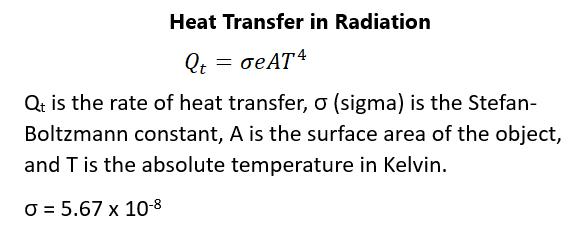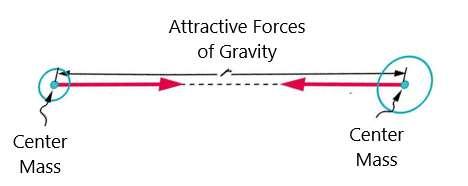applied due to friction. Because force equals mass times acceleration, the net work will equal the mass times the acceleration times the distance. Another substitution that can be made involves velocity. The net work on a system can be described as half the mass times the square of the final velocity minus half the mass times the square of the initial velocity. This is explained visually in figure 32:
Figure 32.
The expression of work as it relates to mass and volume is called the work-energy theorem, which applies even if the forces vary in direction and magnitude. The quantity one-half mass times the velocity squared is referred to as the kinetic energy or KE of a mass moving at a certain speed. In actuality, this is referred to specifically as the “translational kinetic energy” because it is linear in nature and is different from the rotational kinetic energy, which will be covered later. You should know that energy is going to be in the form of Joules, which will be kilogram-meters squared per second squared. Another way to look at it is that Kinetic Energy is force times distance so, in the case where you are given the net force and the distance, you need only multiply the two as one joule is one Newton-meter.
GRAVITY AND POTENTIAL ENERGY All work done in climbing a mountain or lifting an object against gravity does work against the force of gravity. When there is work done, energy is transformed. The work required to take an object of a mass m through a height h at constant speed will be equal to its weight or mass times the force of gravity times the height. This is called the gravitational potential energy. The energy is stored in the gravitational field of the 78




































































